Elsewhere on the sun, no sunspots are actively flaring. NOAA forecasters estimate a slim 1% chance of M-class or X-class solar flares during the next 24 hours. www.spaceweather.com
|
UPDATE : As expected, an unstable filament of magnetism curling over the sun's northeastern limb erupted today. NASA's Solar Dynamics Observatory recorded the blast at approximately 0515 UT on Jan. 31st: [go to www.spaceweather.com for video] Despite the obvious energy of the blast, very little of the filament actually flew into space. The sun's gravity pulled most of the debris back to the stellar surface. So this eruption was primarily photogenic, not geoeffective.
Elsewhere on the sun, no sunspots are actively flaring. NOAA forecasters estimate a slim 1% chance of M-class or X-class solar flares during the next 24 hours. www.spaceweather.com
0 Comments
RECORD-SETTING ASTEROID FLYBY: On Feb. 15th an asteroid about half the size of a football field will fly past Earth closer than many man-made satellites. Since regular sky surveys began in the 1990s, astronomers have never seen an object so big come so close to our planet. [full story] [video] MAGNETIC FILAMENT: A bushy filament of magnetism is snaking over the sun's northeastern limb. NASA's Solar Dynamics Observatory took this extreme UV picture of the structure, which stretches more than 150,000 km from end to end, during the early hours of Jan. 30th: If this filament becomes unstable, as bushy magnetic filaments often do, it could erupt and hurl a portion of itself into space. Amateur astronomers with backyard solar telescopes are advised to monitor developments. If the filament does erupt, it will likely be the only solar activity today. No sunspots are actively flaring. NOAA forecasters estimate a slim 1% chance of M-class solar flares during the next 24 hours. GREEN COMET LEMMON: 2013 could be the Year of the Comet. Comet Pan-STARRS is set to become a naked eye object in March, followed by possibly-Great Comet ISON in November. Now we must add to that list green Comet Lemmon (C/2012 F6). "Comet Lemmon is putting on a great show for us down in the southern hemisphere," reports John Drummond, who sends this picture from Gisborne, New Zealand: "I took the picture on Jan. 23rd using a 41 cm (16 in) Meade reflector," says Drummond. "It is a stack of twenty 1 minute exposures." That much time was required for a good view of the comet's approximately 7th-magnitude coma ("coma"=cloud of gas surrounding the comet's nucleus).
Lemmon's green color comes from the gases that make up its coma. Jets spewing from the comet's nucleus contain cyanogen (CN: a poisonous gas found in many comets) and diatomic carbon (C2). Both substances glow green when illuminated by sunlight in the near-vacuum of space. Discovered on March 23rd 2012 by the Mount Lemmon survey in Arizona, Comet Lemmon is on an elliptical orbit with a period of almost 11,000 years. This is its first visit to the inner solar system in a very long time. The comet is brightening as it approaches the sun; light curves suggest that it will reach 2nd or 3rd magnitude, similar to the stars in the Big Dipper, in late March when it approaches the sun at about the same distance as Venus (0.7 AU). Northern hemisphere observers will get their first good look at the comet in early April; until then it is a target exclusively for astronomers in the southern hemisphere. www.spaceweather.com Gas cloud approaching black hole [representation]. A giant gas cloud is on collision course with the black hole in the center of our galaxy in 2013. This is a unique opportunity to observe how a super massive black hole sucks in material, in real time.
The black hole at the centre of the galaxy, formally known as Sagittarius A*, fascinates scientists. By mid-2013 a gas cloud is expected to pass in its vicinity at a distance of only 36 light-hours (equivalent to 40.000.000.000 km), which is extremely close in astronomical terms. For the past 20 years, Stefan Gillessen, astrophysicist at the Max Planck Institute for Extraterrestrial Physics in Munich, Germany, has been observing the black hole. “So far there were only two stars that came that close to Sagittarius A*”, he says. “They passed unharmed, but this time will be different: the gas cloud will be completely ripped apart by the tidal forces of the black hole." A black hole is what remains after a super massive star dies. When the "fuel" of a star runs low, it will first swell and then collapse to a dense core. If this remnant core has more than three times the mass of our Sun, it will transform to a black hole. Direct observations of such black holes are impossible because they are coal-black and do not emit light or matter. But astronomers can identify a black hole indirectly due to the gravitational forces observed in their vicinity. So-called super massive black holes are the largest type of black holes. Their mass equals hundreds of thousands to a billion times the mass of our sun. The centre of all galaxies is thought to contain super massive black holes. But their origin is not fully understood and astrophysicists can only speculate as to what happens inside them. Hence the imminent collision is of great interest to scientists as it should provide some new insights. Reinhard Genzel leads the team of astronomers from the European Southern Observatory which has discovered the gas cloud about to collide with the black hole at the heart of our galaxy and studied its trajectory. According to their observations, its speed has nearly doubled in the last seven years, reaching more than 8 million km/h. The cloud’s edges have already started to shred and it is expected to break up completely over the coming months. As we near the collision, the cloud is expected to get much hotter. It will also probably start to emit X-rays as a result of the interaction with the black hole. This event will provide astronomers and astrophysicists a unique opportunity to observe how a gas cloud behaves so close to one of the most mysterious objects in our universe. Read more of this story here. 3MIN News January 25, 2013: Comet PANSTARRS Published on 25 Jan 2013
Suspicious0bservers·642 videos Important Video: http://youtu.be/_yy3YJBOw_o A Unlikely but Relevant Risk: The Solar Killshot: http://youtu.be/X0KJ_dxp170 TODAY's LINKS: Toxic: http://www.sciencedaily.com/releases/2013/01/130124183630.htm Cold: http://www.nnvl.noaa.gov/Default.php Gulf Stream: http://rads.tudelft.nl/gulfstream/ PANSTARRS: http://ssd.jpl.nasa.gov/sbdb.cgi?sstr=C%2F2011%20L4;orb=1;cov=0;log=0;cad=0#orb GOES X-ray imager: http://www.swpc.noaa.gov/sxi/goes15/index.html Reventador Plots: http://www.volcanodiscovery.com/index.php?eID=tx_cms_showpic&file=uploads... Two long filaments of solar magnetism erupted yesterday, Jan. 23rd, hurling bright coronal mass ejections into space. One passed directly in front of Mercury, a second CME sailed high over the sun's north pole: image. Earth was not in the line of fire of either eruption. NASA's Solar Dynamics Observatory recorded the eruption that hurled the CME in front of Mercury. Click here to set the scene in motion: These events show that sunspots are not required for solar activity. Neither of the filaments that erupted yesterday were rooted in a sunspot's dark core. Meanwhile, all of the the sunspots currently visible are quiet; left to themselves, solar activity would be very low. www.spaceweather.com
The Big Chill: unusual stratospheric phenomenon is bringing frigid cold to U.S
Sudden stratospheric warming events take place in about half of all Northern Hemisphere winters, and they have been occurring with increasing frequency during the past decade, possibly related to the loss of Arctic sea ice due to global warming. Arctic sea ice declined to its smallest extent on record in September 2012. These events occur when large atmospheric waves, known as Rossby waves, extend beyond the troposphere where most weather occurs, and into the stratosphere. This vertical transport of energy can set a complex process into motion that leads to the breakdown of the high altitude cold low pressure area that typically spins above the North Pole during the winter, which is known as the polar vortex. The polar vortex plays a major role in determining how much Arctic air spills southward toward the mid-latitudes. When there is a strong polar vortex, cold air tends to stay bottled up in the Arctic. However, when the vortex weakens or is disrupted, like a spinning top that suddenly starts wobbling, it can cause polar air masses to surge south, while the Arctic experiences milder-than-average temperatures. During the ongoing stratospheric warming event, the polar vortex split in two, allowing polar air to spill out from the Arctic, as if a refrigerator door were suddenly opened. For reasons I don’t think we fully understand, the changes in the circulation that happen in the stratosphere can descend down all the way to the Earth’s surface,” said Judah Cohen, director of seasonal forecasting at Atmospheric and Environmental Research (AER) in Massachusetts. As the polar stratosphere warms, high pressure builds over the Arctic, causing the polar jet stream to weaken. At the same time, the mid-latitude jet stream strengthens, while also becoming wavier, with deeper troughs and ridges corresponding to more intense storms and high pressure areas. In fact, sudden stratospheric warming events even make so-called “blocked” weather patterns more likely to occur, which tilts the odds in favor of the development of winter storms in the U.S. and Europe. –Climate Central
"Sometimes when people are outside Jupiter-gazing they might also be awash in Jovian radio beam sweeps and not know it," says Ashcraft. "On Sunday, a Jovian radio storm produced a few minutes of strong radio waves. As I was outside my observatory looking up at Jupiter I was also hearing the waves on my radio telescope speakers and realized that my own body was, in that moment, being bathed in electromagnetic beams from Jupiter. What a nice feeling!"
www.spaceweather.com Two long filaments of solar magnetism erupted yesterday, Jan. 23rd, hurling bright coronal mass ejections into space. One passed directly in front of Mercury, a second CME sailed high over the sun's north pole: image. Earth was not in the line of fire of either eruption. NASA's Solar Dynamics Observatory recorded the eruption that hurled the CME in front of Mercury. [click here to see the eruption in motion] These events show that sunspots are not required for solar activity. Neither of the filaments that erupted yesterday were rooted in a sunspot's dark core. Meanwhile, all of the the sunspots currently visible are quiet: left to themselves, solar activity would be very low. www.spaceweather.com
JUPITER-MOON CONJUNCTION: When the sun goes down tonight, step outside and look east. The Moon and Jupiter are converging for a tight conjunction on Monday evening, Jan. 21st. Most sky watchers will see the two bright bodies just a fraction of a degree apart. Observers in parts of South America will witness an even closer encounter--an occultation, in which the Moon passes directly in front of Jupiter. Sky maps: Jan. 20, 21. CME IMPACT + MICROBIAL LIGHTS: A coronal mass ejection hit Earth's magnetic field on Jan. 19th at approximately 17:15 UT. The weak impact did not trigger a full-fledged geomagnetic storm, but it did illuminate the Arctic Circle with auroras. Frank Olsen photographed the display from a beach in Sortland, Norway; scroll past his picture to learn about the glittering lights in the sand: The lights in the sand are bioluminescent dinoflagellates, a type of naturally glowing microbe. "To my surprise, I found these guys floating around on the beach tonight," says Olsen. "They looked great together with the auroras in the sky."
There is an interesting link between the auroras and the dinoflagellates. Both use oxygen to create their glow. In the case of the marine organism, a chemical pigment (luciferin) reacts with oxygen to create light. Meanwhile up in the sky, charged particles from the solar wind rain down on the atmosphere, colliding with oxygen molecules to create the telltale green hue of auroras. More lights are possible tonight. NOAA forecasters estimate a 55% chance of polar geomagnetic storms as Earth passes through the wake of the CME. www.spaceweather.com CHANCE OF STORMS: NOAA forecasters estimate a 30% chance of polar geomagnetic storms today. The cause would be an incoming CME, which could deliver a minor blow to Earth's magnetic field during the next 24 hours. COMET OF THE CENTURY? Later this year, Comet ISON could become bright enough to see in broad daylight when it passes through the atmosphere of the sun. At the moment, however, it is a cold and lonely speck barely visible through backyard telescopes. Two nights ago, Pete Lawrence of Selsey, UK, photographed the potentially-great comet moving through space near the orbit of Jupiter: "I created this animation using images taken through a 4-inch refractor, starting at 23h on the 15th of January and ending at 01h on the 16th," says Lawrence. "The comet is clearly visible moving among the stars of Gemini, in an area just to the south of Castor."
Comet ISON looks so puny now because it is more than 600 million km away. In late 2013, however, it will be much closer. A key date is Nov. 28th when Comet ISON flies through the solar corona only 1.2 million km from the surface of the sun. If the comet survives the encounter--a big IF--it could emerge glowing as brightly as the Moon with a sensational tail sure to create a worldwide sensation. Stay tuned! www.spaceweather.com 4MIN News January 16, 2013: Asteroid 2012 DA14 TODAY's LINKS:
2012 DA14 & Van Allen Belt Links: http://en.wikipedia.org/wiki/File:Van_Allen_radiation_belt.svg ; http://1.bp.blogspot.com/_2MSwxGNIJIY/TJnTJPTl-NI/AAAAAAAAFE8/b_N053trvRQ/s16... ; http://en.es-static.us/upl/2012/03/2012_DA14.jpeg ; http://spacemath.gsfc.nasa.gov/weekly/3Page7.pdf ; http://ssd.jpl.nasa.gov/sbdb.cgi?sstr=2012%20DA14&orb=1 North Sea Oil/Gas Leak: http://www.bbc.co.uk/news/uk-scotland-north-east-orkney-shetland-21027593 Climate: http://earthobservatory.nasa.gov/IOTD/view.php?id=80167 ; http://science.nasa.gov/science-news/science-at-nasa/2013/15jan_warming/ Fish Kill: http://www2.wbtw.com/news/2013/jan/15/5/hundreds-dead-fish-wash-pawleys-islan...
CHANCE OF FLARES: NOAA forecasters estimate a 60% chance of M-class solar flares, and a 5% chance of X-flares today. The probable source would be big sunspot AR1654, which is squarely facing Earth. AURORAS BY SATELLITE: A solar wind stream hit Earth's magnetic field on Jan. 13th, igniting bright auroras around the Arctic Circle. A US Department of Defense meteorological satellite photographed the luminous tendrils winding past Iceland: Mark Conner of the Air Force Weather Agency prepared the image using data from a low-light camera onboard the DMSP-18 satellite. It shows not only the auroras, but also the city lights of northern Europe and the glow of gas flares from oil rigs in the North Sea. The auroras were every bit as bright as the manmade lights below.
More auroras are in the offing. NOAA forecasters estimate a 15% chance of polar geomagnetic activity as the solar wind continues to blow. www.spaceweather.com Big sunspot AR1654 is growing more active. It is now crackling with M-class solar flares, such as this one recorded by NASA's Solar Dynamics Observatory this morning (11 January) at 09:11 UT: [go to: www.spaceweather.com to watch video] AR1654 is getting bigger as it turns toward Earth: movie. Not only is the chance of flares increasing, but also the chance of an Earth-directed eruption.This could be the sunspot that breaks the recent lengthy spell of calm space weather around our planet. www.spaceweather.com
In addition, the asteroid has a much different reflectivity, or albedo, than previously thought; 0.23 rather than the previous estimates of 0.33. This changes astronomer’s calculations of the Yarkovsky effect, or how the Sun’s heating and cooling influence will alter the asteroid’s progress in orbit.
Apophis caused alarm on Christmas Eve 2004 after a report that it had a 2.7 per cent chance of hitting Earth in 2029, and even if it missed, the encounter could set it up for another strike in 2036. The asteroid topped the Torino Scale of risk, briefly reaching level four out of 10 – where zero is no threat and 10 is WE’RE DOOMED! After checking the data and weeding out the false reports, Apophis was downgraded to a level one threat and is currently expected to whizz past Earth on Friday, April 13, 2029 at a distance of about 36,000 miles, just inside the orbit of our geostationary satellites. The asteroid is making a relatively close appearance past Earth on Thursday, coming within nine million miles of us at 1am UTC (5pm Wednesday PST) and it’s being shown live on the Virtual Telescope Project. NASA and other space agencies are watching it closely to check on the current state of play with the asteroid’s orbit as it enters and leaves Earth’s orbit. The odds of a 2036 impact are still tiny – an estimated 1 in 250,000 – but human ingenuity being what it is, there are already fertile minds working on a plan to deflect the asteroid. A recent Australian scheme called for paintballs to be fired at Apophis to increase the Yarkovsky effect and swing it out of harm’s way, and solar sails have been mooted. –Register http://theextinctionprotocol.wordpress.com/ |
QUICK INFO
Author:
_Messenger Spirit This section is for interesting items which are brought to my attention but which do not merit a separate article.
I welcome your comments, questions or suggestions on any topics you wish to contribute to this section. Please submit these on the Contact and Feedback Form PLEASE DO NOT SUBMIT COMMENTS ON THE FORM WHICH APPEARS UNDER ITEMS ON 'QUICK INFO'; THIS SYSTEM IS NOT WORKING. Categories
All
Archives
July 2024
|
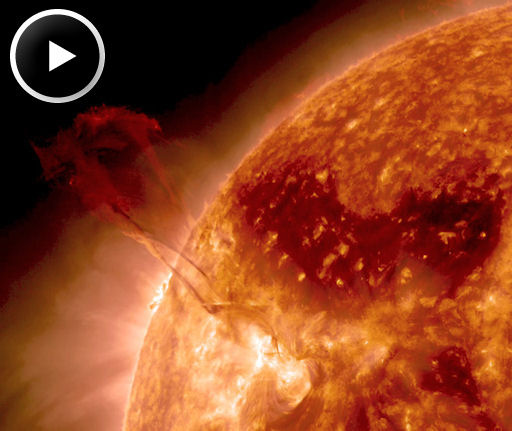
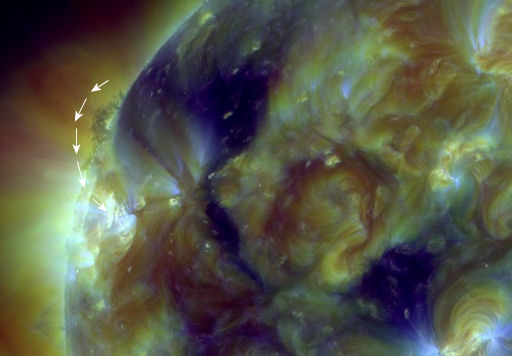
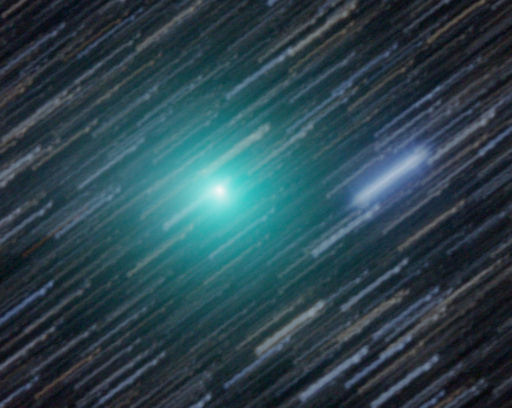
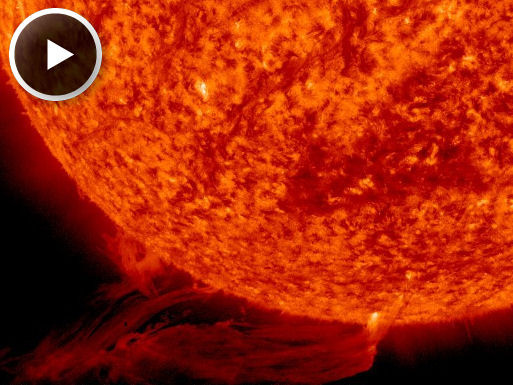
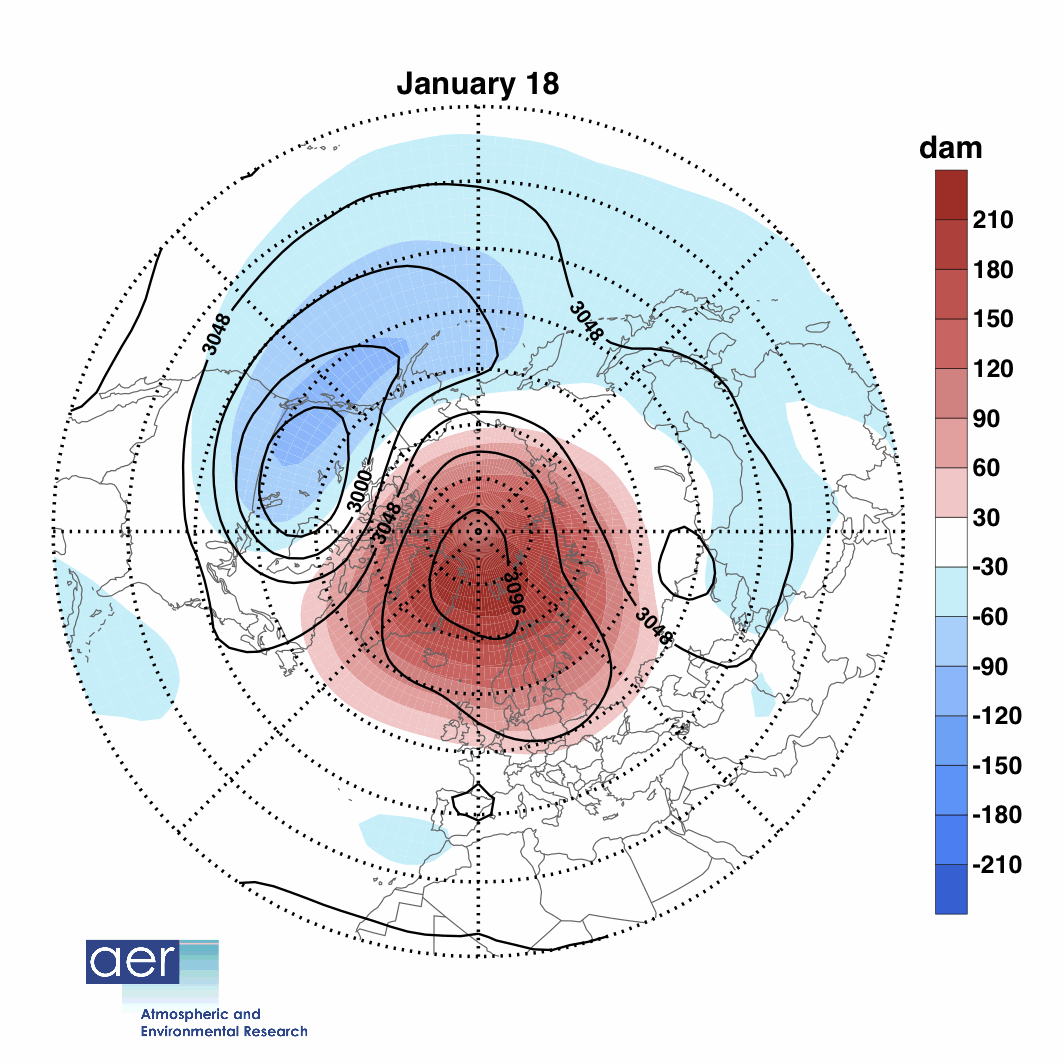
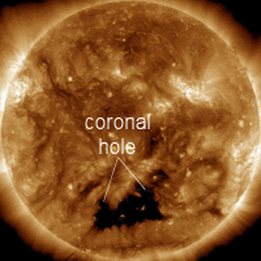
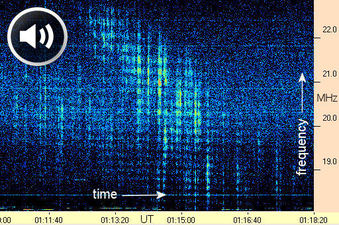
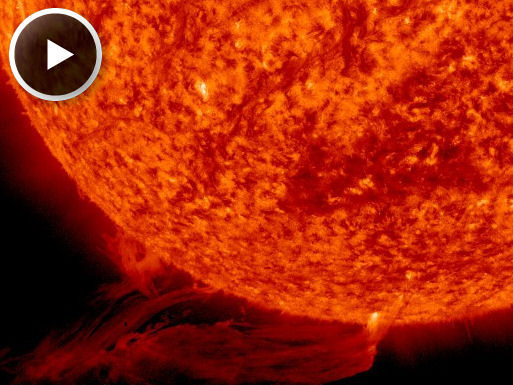
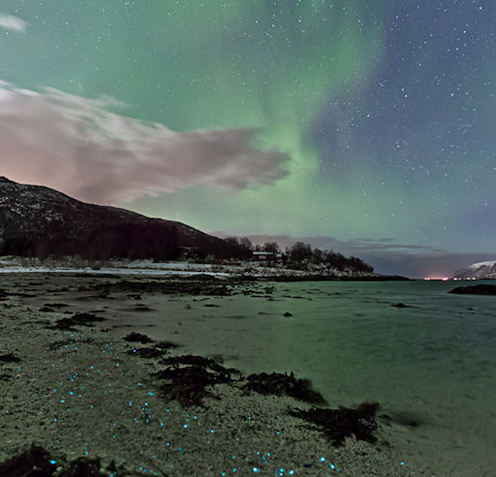
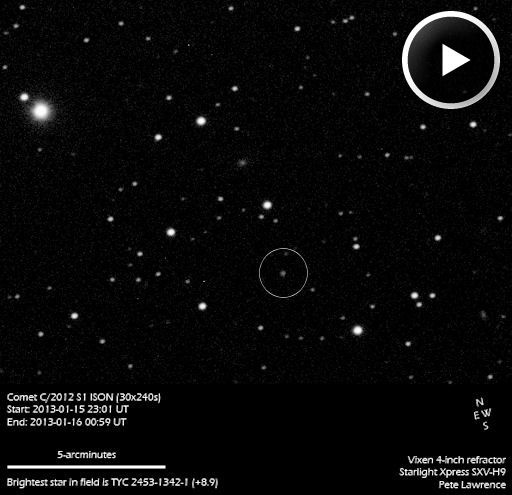
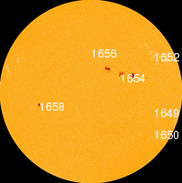
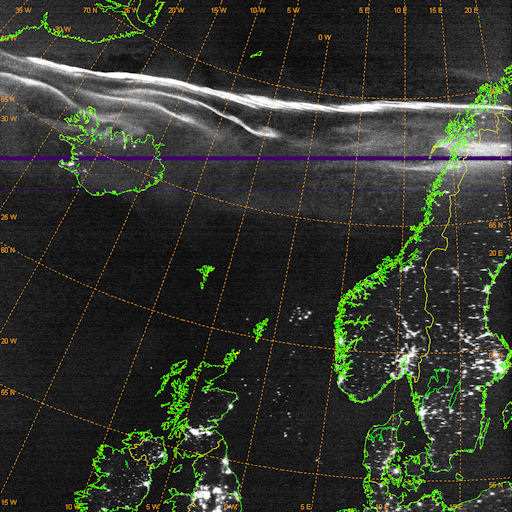
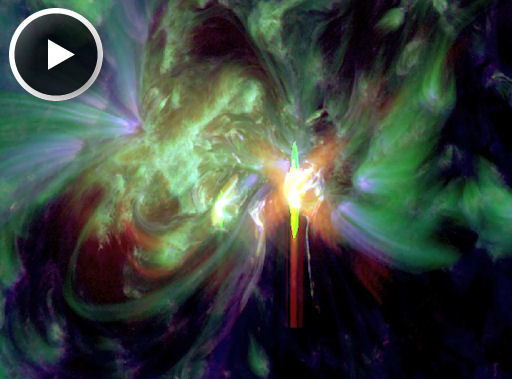
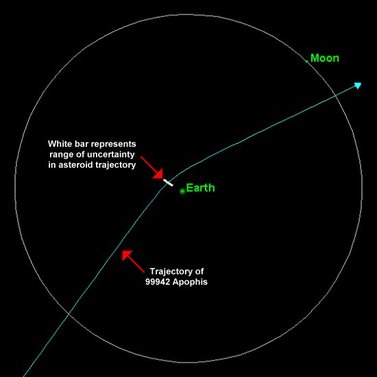
 RSS Feed
RSS Feed